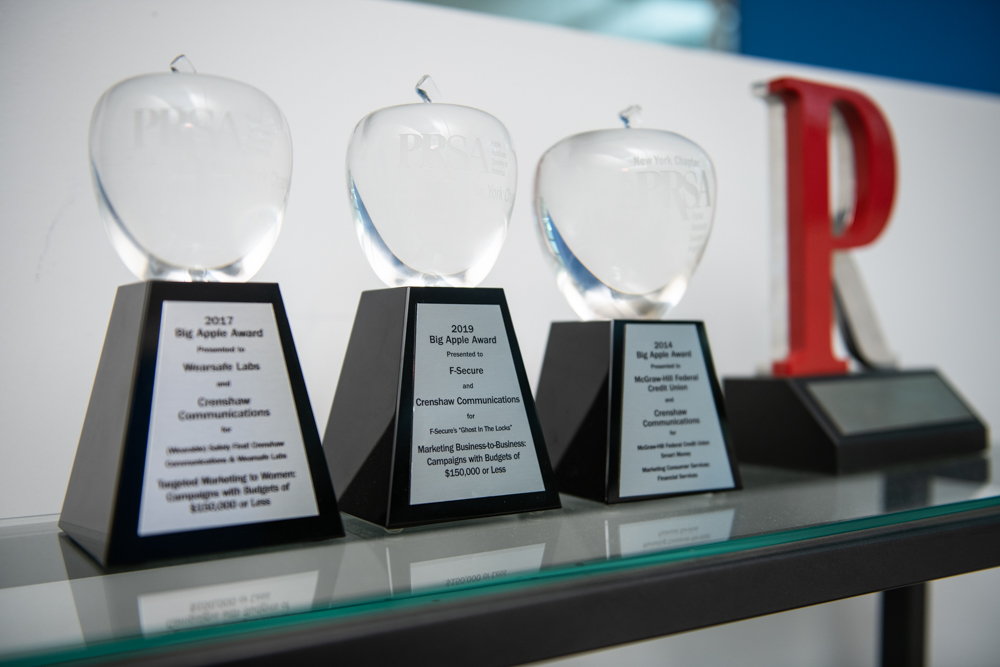From PR agencies to corporate SEO teams, everyone’s doing content marketing – or more accurately, content creation. These days, it’s increasingly hard to make content stand out. The challenge has grown more acute with the advent of what Mark Schaefer calls “content shock” or the explosive growth of the content supply without a corresponding growth in its consumption.
Schaefer argues that the content war will be won by deep-pocketed companies who can pay to saturate specific markets or channels, leaving smaller operators struggling for attention, not matter how high the quality of their material.
Why Search Favors PR-Created Content
It’s a valid concern. But as communicators, there’s a lot we can do to stay competitive, and recent trends favor content creators who are trained in PR, journalistic writing, blogging, and multimedia. Here are some proven PR techniques that can be adapted to market the right content to the right people.
Collaborate. Brands that don’t compete, or brands and third-party resources, can work together to create a 1+1=3 outcome when it comes to service journalism or content that addresses topical issues or solves problems. For a financial institution who wanted to reach employers, we joined with a top-level human resources organization for a study on financial wellness. The result was a seminal piece of long-form content relevant to corporate recruiters and HR executives and branded by our client company. Best of all, we reached a “captive” audience of HR professionals through the group. This is classic PR strategy, of course.
Or, crowdsource a new piece of content by getting participation from every member of an industry team or each player in a trade association or group. Those featured have a natural incentive to promote the content.
Continue the conversation that someone else started. A topic like “content shock” is a trend that offers opportunities for ongoing conversations and iterations. Don’t worry about being the first to come up with an idea, just be sure to share your own experience or offer an original take on it, in classic interview or op/ed style.
Get emotional. I like to blog about what frustrates me, or to explode myths that PR people complain about, because I know I’m not alone. Others get excited about a new idea or learning, or an inspiration triggered by a conference or even an ordinary conversation. If you can get mad, get excited, or trigger curiosity, you’re halfway home. This study of most shared New York Times articles shows a correlation between emotion and virality. But you knew that.
Borrow influence. Borrowing interest from a better known person or entity has been in the PR toolbox since the age of the spokesperson media tour. Today, it’s more likely to happen through sponsored blog content or a YouTube video, but it’s extremely compelling and only growing in clout. For a crafts retailer, we created a series of branded DIY projects for design and parenting bloggers. The bloggers aren’t necessarily household names, but the access to a loyal audience of home-design-oriented shoppers has added a new dimension to our content plan.
Repurpose. Analytics tells us what’s working, which can inform future content efforts. The post that was widely shared two years ago can probably work again, particularly if tied to a new industry development or story that hit recently. Good content can be made newly relevant by linking it to what’s happening in the news, or to water cooler buzz. If your topic is crisis management, you’ll have fresh material nearly every week, from Zzzquil’s ads to ‘Deflategate’.
Focus on earning links, not building. This will seem absurdly obvious to the PR professional; earned media content has value! Google algorithm updates over the past year have handed a giant advantage to content creators trained in PR and journalism, and who can generate those high-quality earned media placements with regularity. Keyword-stuffed press releases and spammy backlink scams are out; earning links to credible media outlets is back – even though it never left.








